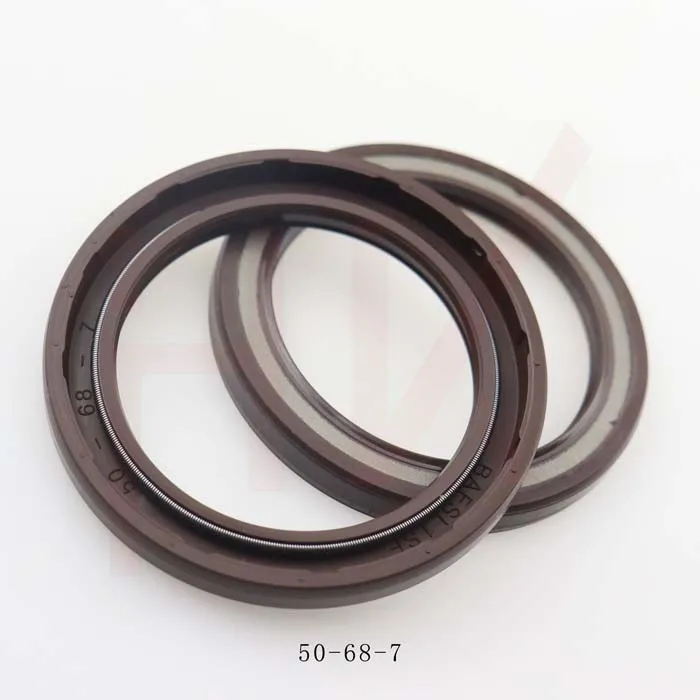Noy . 18, 2024 07:06 Back to list
Hub Bearing Seal Maintenance and Replacement Guidelines for Optimal Performance and Longevity
Understanding Hub Bearing Seals Importance and Function
Hub bearing seals are crucial components in the automotive and machinery industries. They play a significant role in maintaining the integrity and longevity of wheel bearings by preventing the ingress of contaminants and the egress of lubricants. A thorough understanding of hub bearing seals is essential for anyone involved in vehicle maintenance or manufacturing.
What is a Hub Bearing Seal?
A hub bearing seal is designed to fit tightly around the wheel hub to protect the bearings housed within. The seal acts as a barrier against dirt, dust, water, and other environmental contaminants that can compromise bearing performance. It also ensures that lubricant, whether grease or oil, remains in the bearing assembly, providing the necessary lubrication for smooth operation.
Types of Hub Bearing Seals
There are generally two main types of hub bearing seals
1. Lip Seals These have a flexible lip that makes contact with a smooth surface on the hub. The design allows for a tight seal while accommodating the rotational movement of the hub. Lip seals are favored for their ability to resist wear and to provide effective sealing under various conditions.
2. Labyrinth Seals These are more complex and consist of a series of grooves that create a tortuous path for contaminants. Labyrinth seals do not directly contact the bearing surface, which can prolong their lifespan. They are often used in high-performance or heavy-duty applications.
hub bearing seal

Importance of Hub Bearing Seals
The importance of hub bearing seals cannot be overstated. The seals help to
- Enhance Bearing Life By preventing contaminants from entering the bearing assembly, seals extend the operational life of bearings, reducing the likelihood of premature failures. - Improve Performance Clean, well-lubricated bearings function more efficiently, resulting in improved vehicle performance, including better fuel efficiency and smoother handling. - Reduce Maintenance Costs A failure in the bearing assembly can lead to significant repair costs and prolonged downtimes. By ensuring the integrity of the seal, vehicles can maintain proper functionality, thus reducing the frequency and cost of repairs.
Installation and Maintenance
Installing hub bearing seals requires careful attention to detail. Proper alignment and the correct application of force during installation are crucial to avoid damage to the seal or the bearing itself. Regular maintenance checks can help identify any wear and tear on seals, allowing for earlier intervention before significant issues arise.
Conclusion
In summary, hub bearing seals are vital components that contribute to the overall efficiency and longevity of vehicle and machinery performance. Understanding their function, types, and importance can help in making informed decisions regarding maintenance and replacement. As technology progresses, advancements in seal design continue to improve their effectiveness, ensuring that machinery operates smoothly and efficiently for years to come. Regular inspections and timely replacements of hub bearing seals can safeguard against failures, ultimately leading to enhanced safety and performance.
-
TCN Oil Seal Metal Ring Reinforcement for Heavy Machinery
NewsJul.25,2025
-
Rotary Lip Seal Spring-Loaded Design for High-Speed Applications
NewsJul.25,2025
-
Hydraulic Cylinder Seals Polyurethane Material for High-Impact Jobs
NewsJul.25,2025
-
High Pressure Oil Seal Polyurethane Coating Wear Resistance
NewsJul.25,2025
-
Dust Proof Seal Double Lip Design for Construction Equipment
NewsJul.25,2025
-
Hub Seal Polyurethane Wear Resistance in Agricultural Vehicles
NewsJul.25,2025
-
The Trans-formative Journey of Wheel Hub Oil Seals
NewsJun.06,2025
Products categories
















